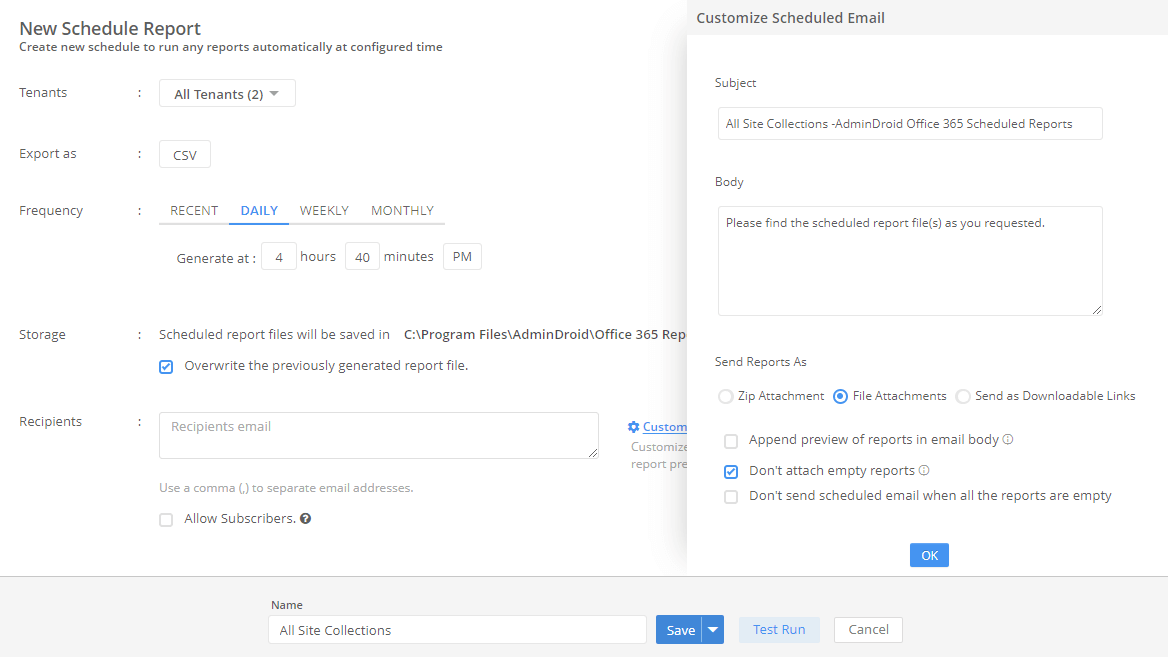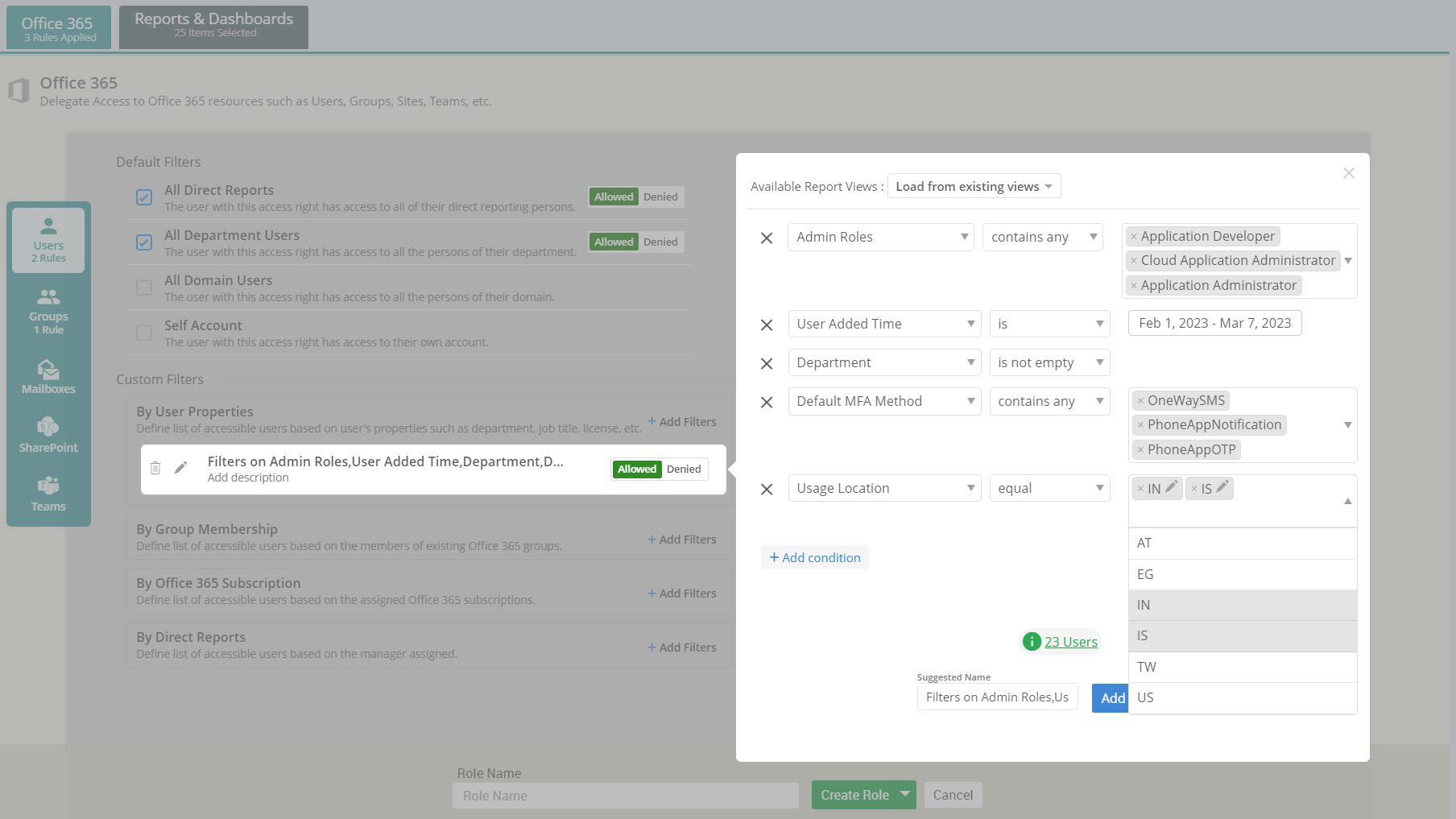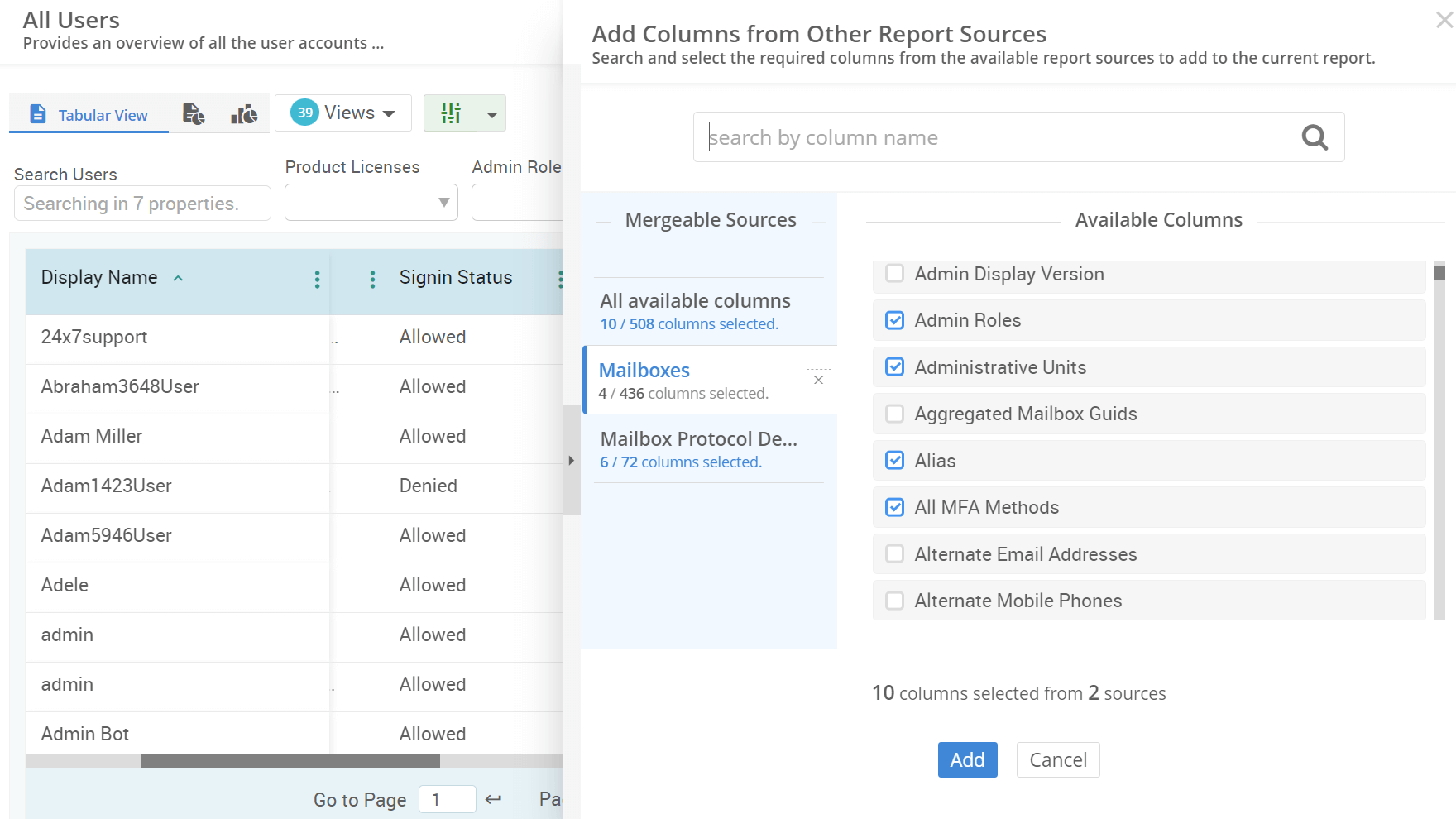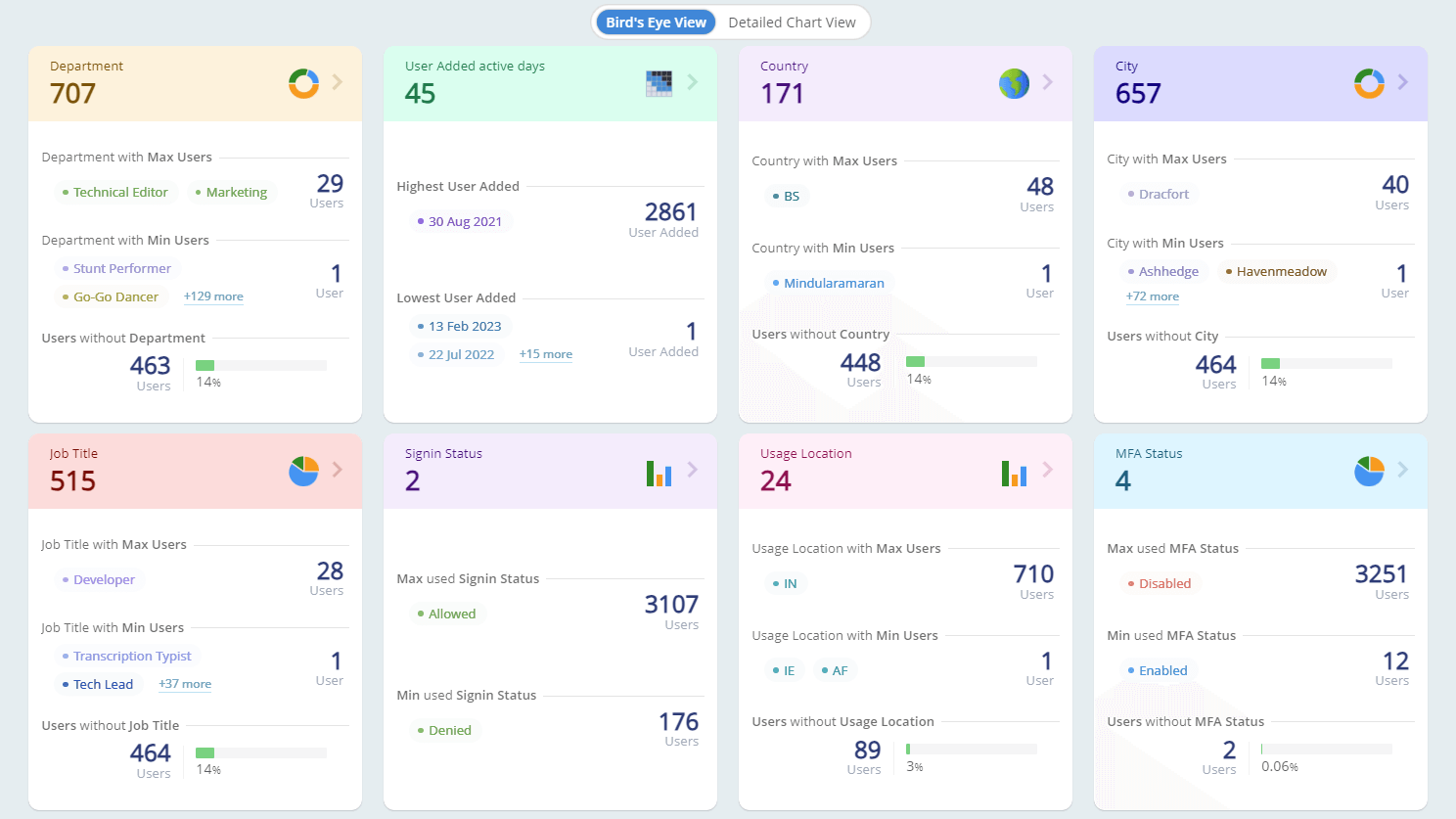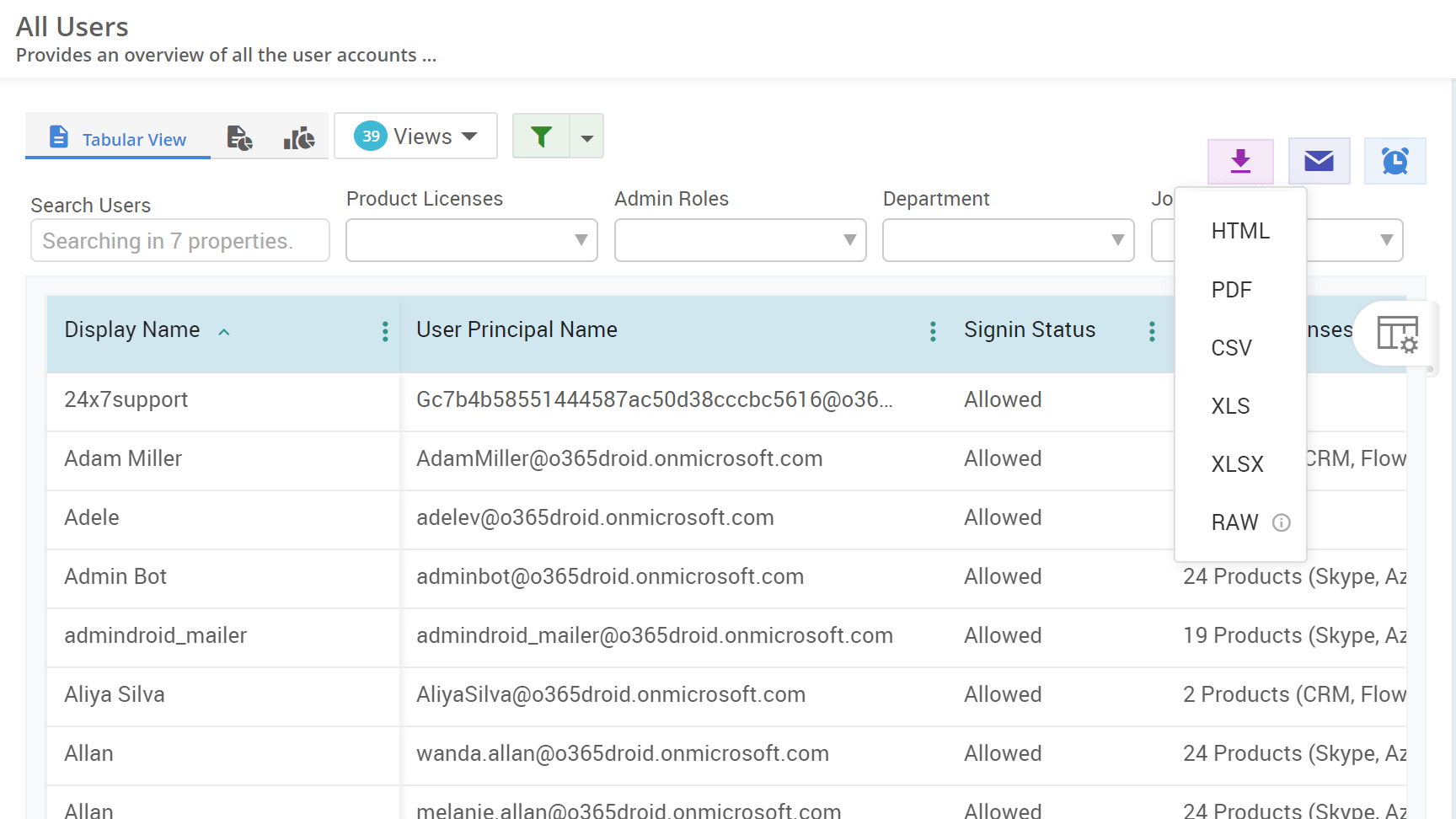How to Check Users Last Password Change Date in Microsoft 365
Are you spending hours tracking the last password change date and time for each account? There’s a better way! This guide will show you how to efficiently identify the last password change date and time to identify users with expiring passwords. Explore techniques to proactively manage password lifecycles, prevent lockouts, and keep your users productive.












